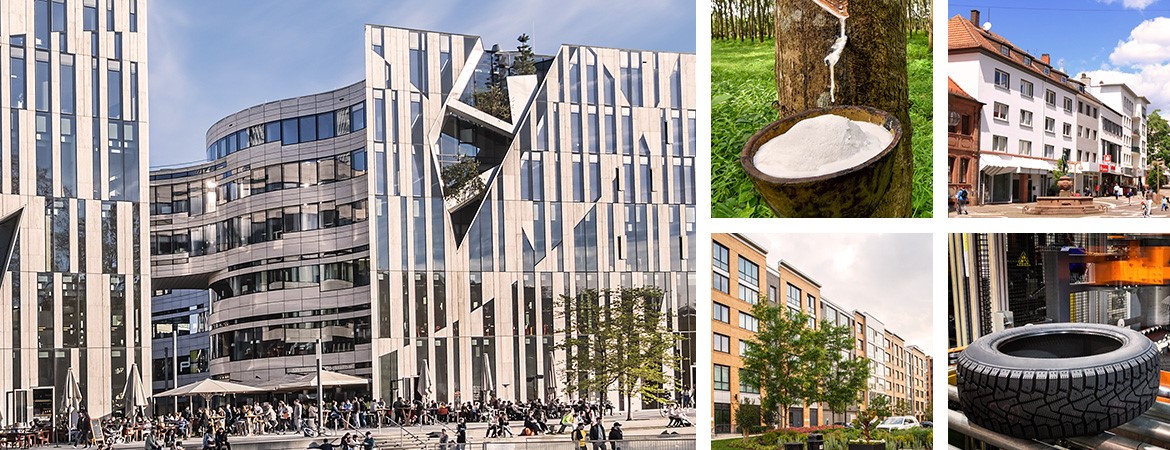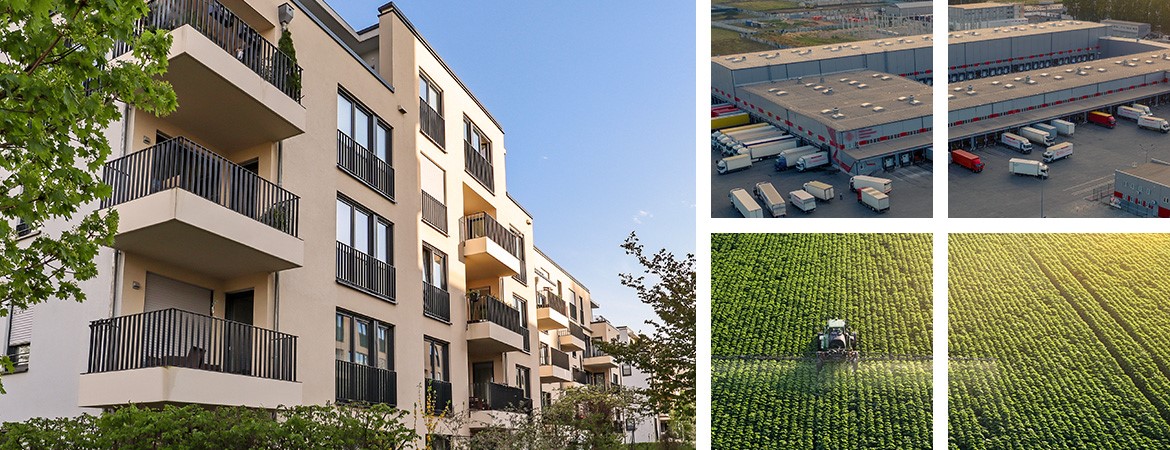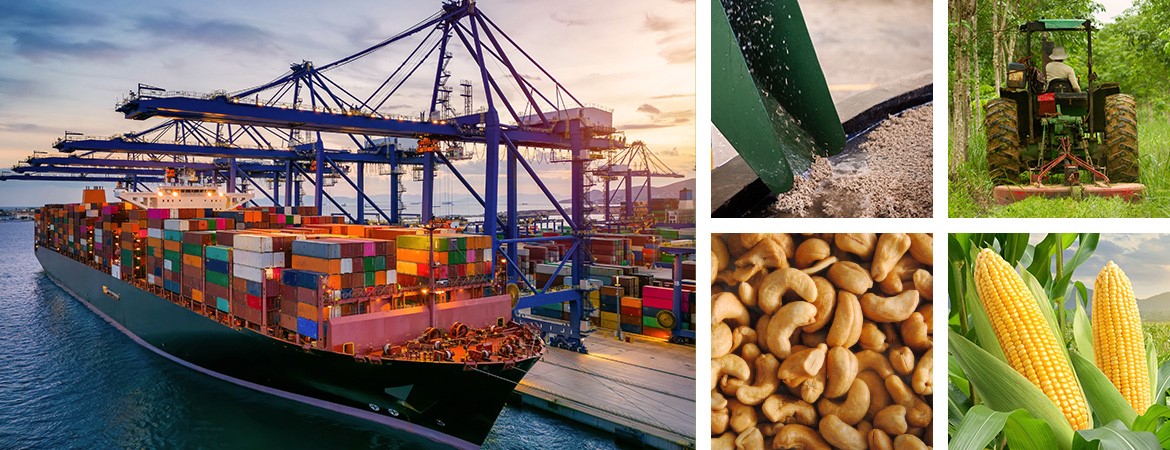








It will be a while before the visions of the fast-growing new car manufacturers, above all Tesla - who, for example, want our car to drive us from A to B in future, let us get out at B, then find a parking space for ourselves and wait there until we call it up again via an app to pick us up - become reality in the everyday life of the average citizen.
But there are more and more clues that we are on our way there. And with the widespread introduction of the 5G mobile phone standard, such developments will amaze us citizens even more frequently and impressively.
Currently, the networking of Audi vehicles with the traffic lights in Düsseldorf is attracting attention.
As the German car manufacturer announced at the end of January, Audi is introducing the "traffic light information" service in its vehicles for the Rhine metropolis. Since the end of January, Audi drivers have been able to see the information from around 150 Düsseldorf traffic lights in their cockpits, and by early summer it is likely that a large part of all Düsseldorf intersections will be networked. The "traffic light information service", which is part of the rapidly developing so-called "Vehicle-to-Infrastructure-Services (V2I)", is intended to increase efficiency, comfort and safety in traffic.
The Audi Traffic Light Information Service comprises two main functions. Firstly, the service calculates the optimum speed for a "green wave". If the vehicle nevertheless stops at a red light, the Audi driver is also shown how many seconds it will take before the next green phase begins.
Various studies - including one from Ingolstadt, the first European city in which Audi has introduced the traffic light information service - have concluded that networked traffic lights enable drivers to drive more efficiently in the city and reduce fuel consumption by up to 15 percent.
According to Andre Hainzlmaier, Head of Development Apps, Connected Services and Smart City at Audi, the car group wants to "improve driver comfort, increase traffic safety and promote a forward-looking economical driving style. To achieve this, we need to be able to predict precisely how traffic lights will behave in the next two minutes. The accuracy of these forecasts is therefore the greatest challenge for the traffic light information service.
Audi and its American project partner TTS - Traffic Technology Services Inc. - have developed a complex analysis algorithm for this purpose, which reads data from several sources - the control program of the signal systems, data from traffic computers (cameras, motion detectors, etc.), pedestrian lane pushers - combines it with historical data and calculates precise forecasts from it. The program is self-learning and improves itself, e.g. by recognizing when the traffic volume or pedestrian volume increases.
The Audi fleet plays a decisive role in the traffic light forecasts. Hainzlmaier explains: "The cars send anonymous data of the traffic light crossings to an Audi server. There it is checked whether the real traffic light crossings match the forecast data; only then are the traffic lights released for display in the car".
Such V2I services have been available in the USA for quite some time. The service celebrated its premiere in Las Vegas in 2016. Today, traffic light information is available at over 10,000 intersections in North America, 2,000 times in Manhattan, New York alone.
Consequences for the rubber industry
With regard to the impact that such and other mobility developments will have on the rubber industry, it should be remembered that the majority of experts from the automotive and tire industries expect the following:
-The number of registered passenger cars will continue to increase - not only because the world population continues to grow in general, but also and in particular because the proportion of the population that can afford to own a car will grow at an above-average rate in the coming years.
-The number of commercial vehicles will continue to increase - not only because the world population in general continues to grow, but also because the proportion of the population that can afford to own a car will grow at an above-average rate in the coming years.
-The expansion of public transport, but also "shared mobility", where individual mobility needs are no longer met by means of a car of one's own but by cars shared with other users or by services such as Uber, is likely to lead to a slight decline in the growth of privately owned vehicles.
-At the same time, however, the use of circulating vehicles will increase strongly, not least because more and more cars and smaller commercial vehicles are being used commercially for shared mobility and Uber or Uber-like services.
-The industry experts conclude that the increased use also leads to higher consumption of cars and tyres.
18.03.2020 - View Newsletter Q1-2-2020 (currently available in German only)